
World Chess Championship
It's human nature to compare each other and try to find out who the best among us is at something. In chess, we do this with the help of the World Chess Championship.
Here's what you need to know about the World Chess Championship:
- What Is The World Chess Championship
- How Does The World Chess Championship Work?
- Why Is The World Chess Championship Important?
- List of World Chess Champions
- Conclusion
What Is The World Chess Championship
The World Chess Championship is an event that decides the world champion in standard or classical chess, currently GM Gukesh Dommaraju. (There are separate championships for rapid and blitz, both currently held by GM Magnus Carlsen.)
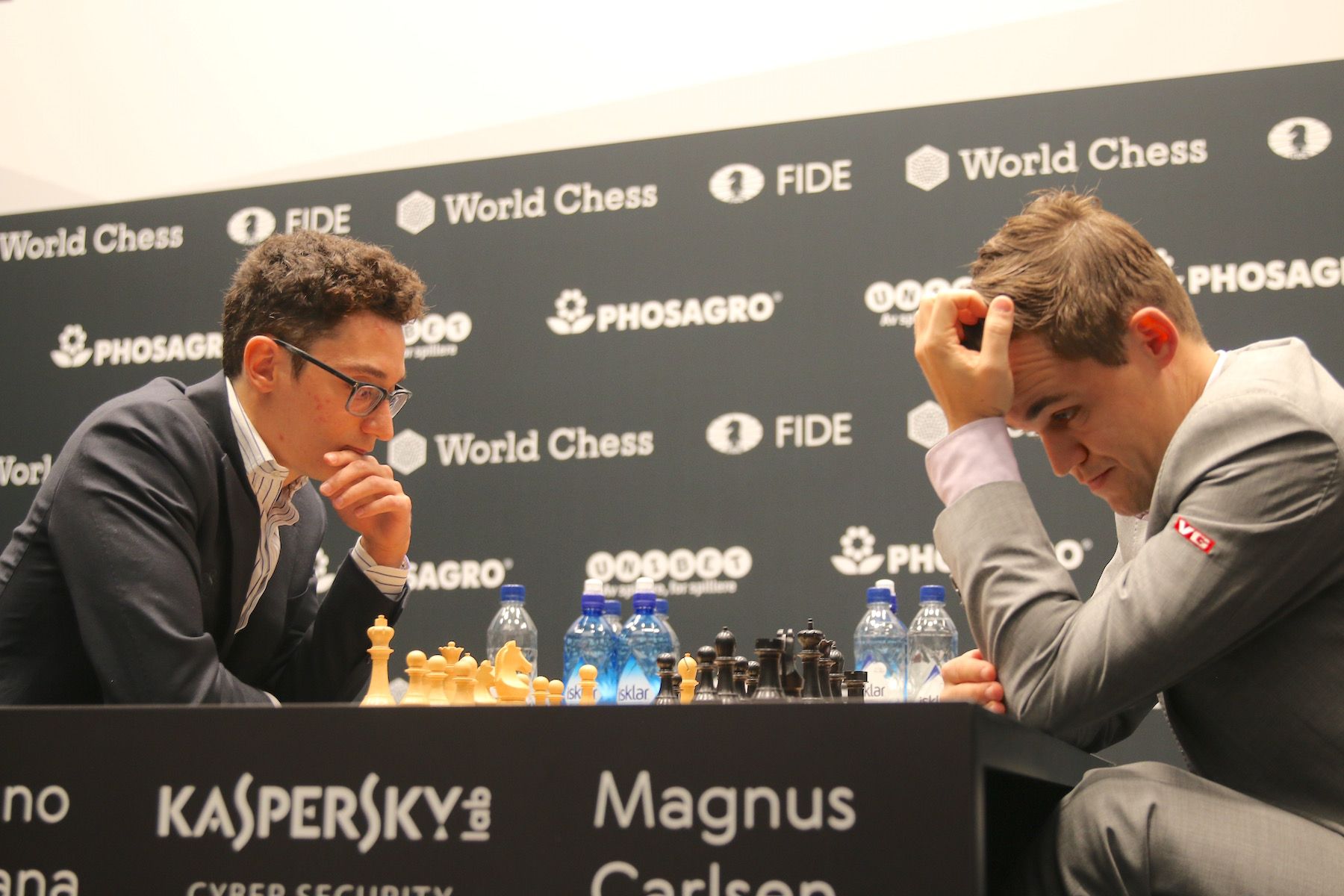
Official World Chess Championships started in 1886 with players arranging the matches themselves. This system died with Alexander Alekhine in 1946, and FIDE began organizing the event in 1948 on a three-year cycle. In 1993, world champion GM Garry Kasparov created the Professional Chess Association (PCA), which had its own World Championship, splitting the title between the "classical" World Championship held by Kasparov (and later GM Vladimir Kramnik), and the World Championship that FIDE continued to administer.

The title reunified in 2006 in a match between the classical champion Kramnik and FIDE champion GM Veselin Topalov, with Kramnik winning. FIDE has remained responsible for organizing the World Championship ever since.
Besides the open World Championship, there are also other tournaments designated for different categories. Those are the Women's World Championship, World Junior Championship, World Senior Championship, World Rapid Championship, and World Blitz Championship.
How Does The World Chess Championship Work?
The World Chess Championship has had many different formats throughout history. Outside of unusual circumstances that led to tournaments in 1948 and 2007, it is held as a match between two players. But even within the match format, systems have varied from those that could—and did—last for dozens of games, to the current format which limits games to fewer than 20 including rapid tiebreaks.
Today, the event continues to be held as a match between the reigning champion and a challenger, and is scheduled to occur every two years. The challenger is the player who wins the Candidates Tournament, which precedes the World Championship.
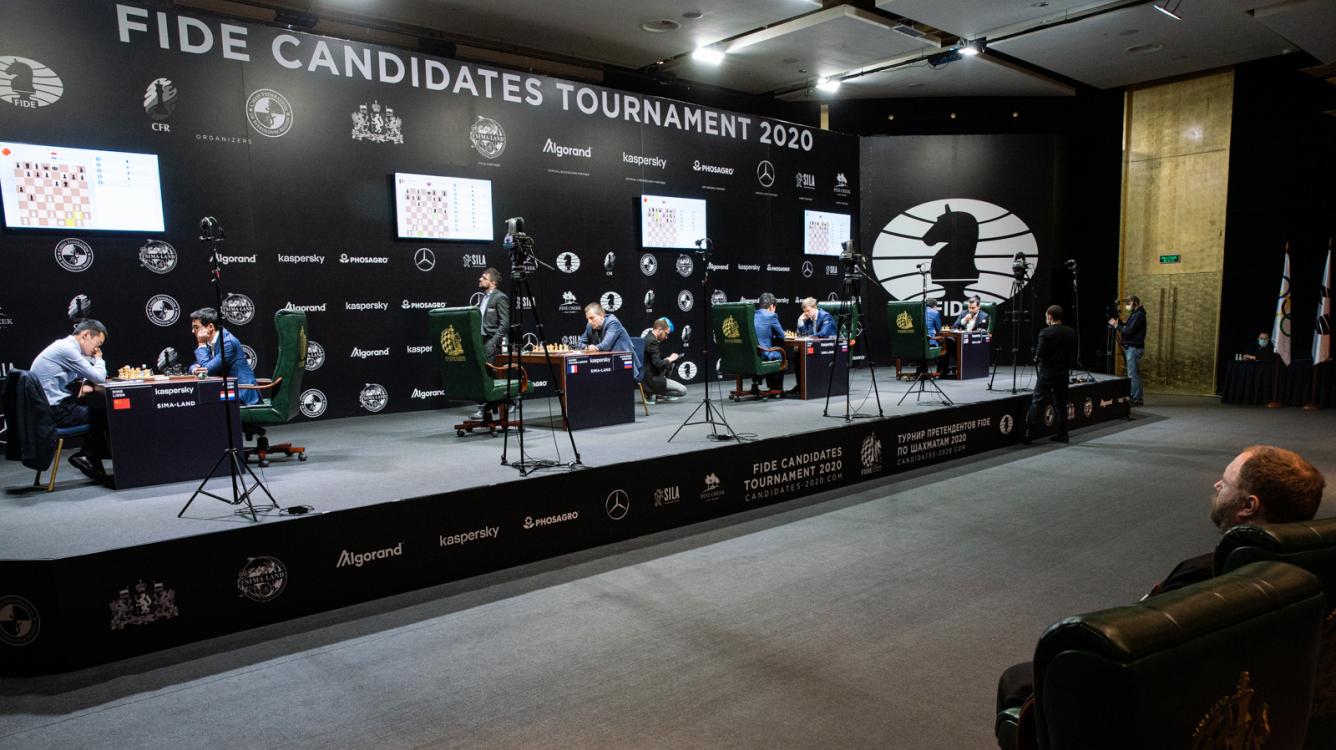
World Chess Championship History, Unabridged
A more detailed summary of the history of the championship is found below. It focuses on the format and qualification process. Those only interested in the full list of champions can find it here.
- 1886: The first World Championship is held between Wilhelm Steinitz and Johannes Zukertort. Steinitz wins, 10 games to five.
- 1886-1937: The champion hand-picks a challenger and they negotiate terms. Often it is the challenger who must put up the funds and they must find benefactors for the purpose, which sometimes leads to less-qualified players who can find the money getting a match over potentially better-qualified players who can't. As draws become more common during this time, the match formats gradually shrink from an uncapped first-to-10-wins format to a best-of-30-games.
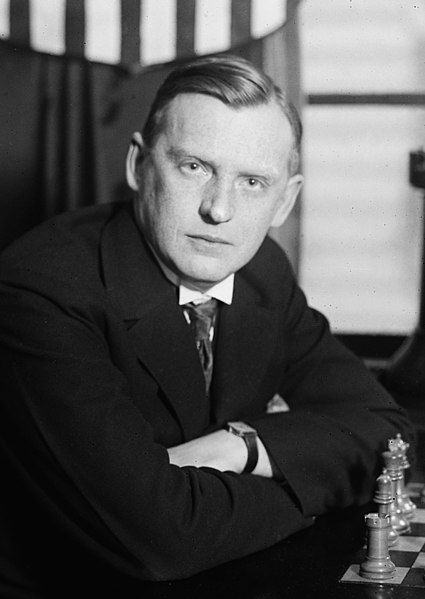
- 1937-1948: World War II interrupts the chess world and in 1946, the reigning champion Alexander Alekhine dies. FIDE takes control of the championship, beginning with a five-player tournament in 1948, won by Mikhail Botvinnik.
- 1948-1972: FIDE establishes the world championship cycle. An Interzonal tournament is held in 1949 (in some later years, there are multiple Interzonals) to determine the candidates for a 1950 tournament and the championship to be held in 1951. The championship is a best-of-24 with the champion retaining his title in the case of a 12-12 tie. This system repeats every three years. In 1963, a clause that allowed a defeated champion a rematch one year later is abandoned. Botvinnik had used this clause to regain his title on two separate occasions.
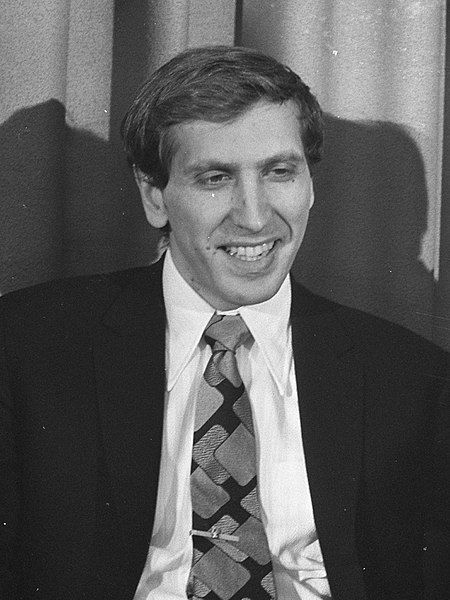
- 1972-1984: GM Bobby Fischer becomes the world champion and for his defense in 1975 demands a first-to-10 format, as well as the retaining of his title in case of a 9-9 tie. FIDE rejects the latter idea and Fischer gives up the title. However, the best-of-24 system is replaced by a first-to-six from 1978-84.
- 1984-1993: The 1984 championship lasts 48 games and is ended without a winner, although champion GM Anatoly Karpov is leading Kasparov 5-3. The championship is held again in 1985 and reverts to a best-of-24. Karpov loses but gets a rematch in 1986, seeded into the Candidates final in the 1987 cycle, and the Candidates quarterfinal in the 1990 cycle. Kasparov wins all three of these additional matches and then, in the 1993 cycle, GM Nigel Short emerges as challenger instead of Karpov.
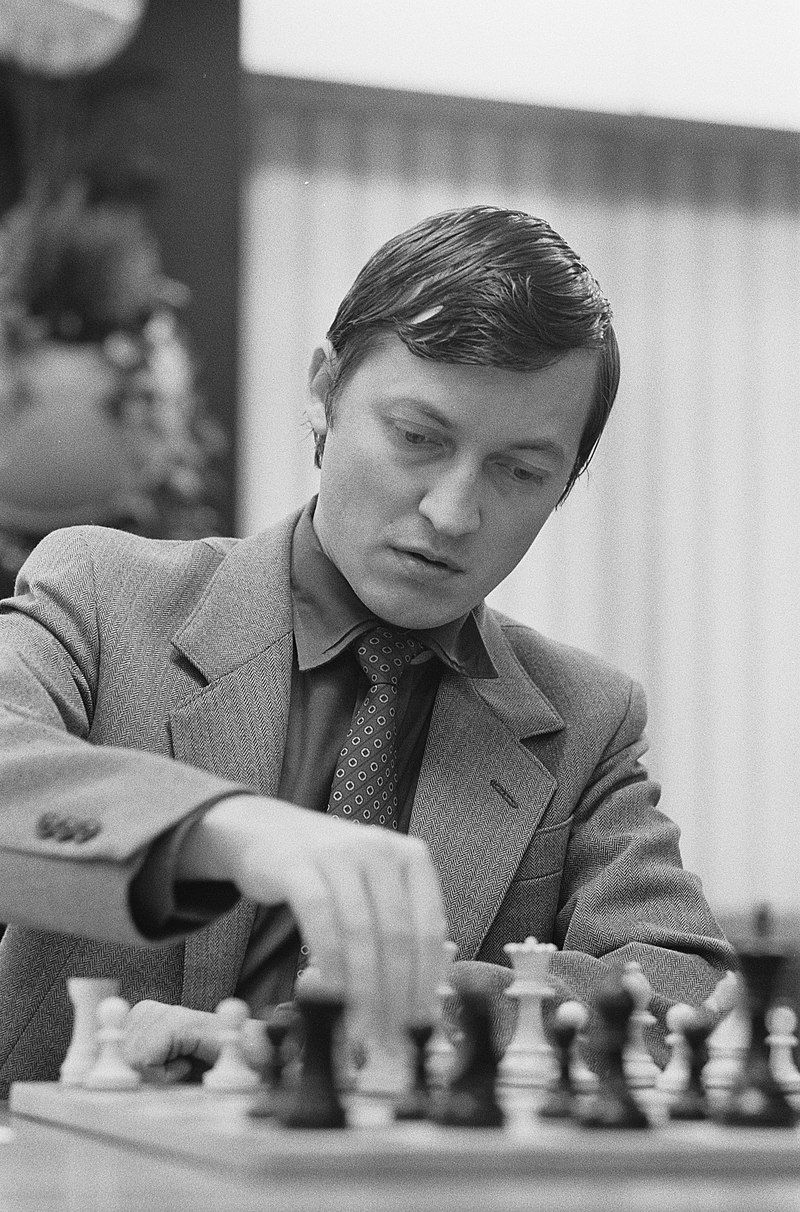
- 1993-2006: Kasparov and Short play under the PCA instead of FIDE. FIDE continues to administer a world championship as well, leading to a split. During this time there is little to no consistency in timelines and formats. FIDE is criticized for moving to a large knockout format in the late 1990s. Karpov quit playing for the title in protest. While these knockouts have since become the basis for the Chess World Cup, lower-rated players sometimes emerge victorious, hence much of the criticism. On the classical side, meanwhile, there is a brief reversion to the handpicking of challengers when Kasparov sets up a match with Kramnik in 2000. In a surprise, Kramnik wins the best-of-16. He defends against GM Peter Leko in 2004, the last time the champion will retain the title in a tied match. In 2005, FIDE runs an eight-player championship tournament rather than a field of 128, which is won by Topalov.
- 2006-2008: The title is officially reunited with Kramnik's victory over Topalov. The format is now a best-of-12 with a tiebreak system in place as there are two competing champions rather than a champion and challenger. The tiebreak system is considered more fair than simply letting the champion keep his title and continues to this day (2021). It consists of four rapid games, two blitz games if needed (more in some matches), and finally one armageddon game if there is still a tie.
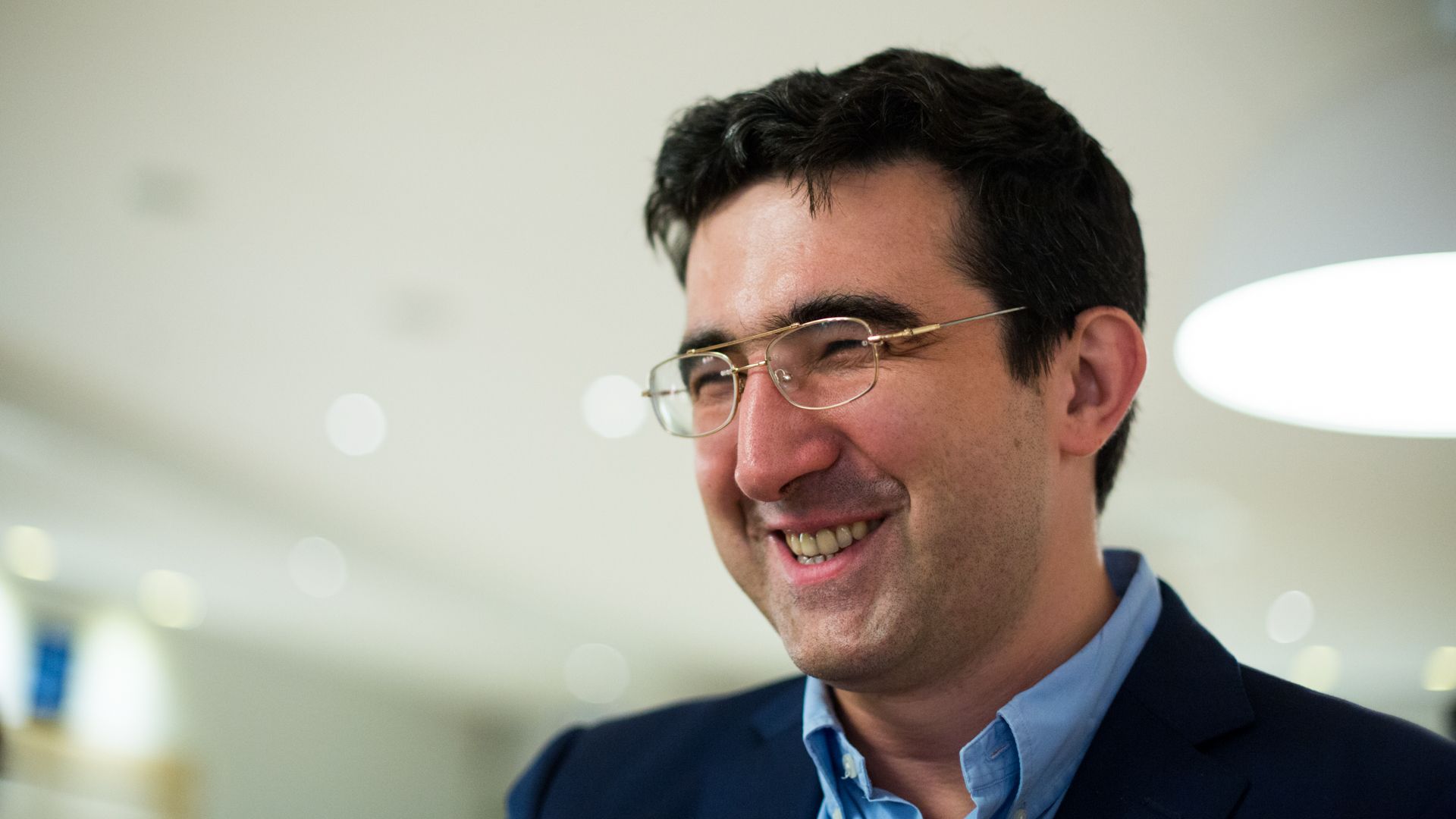
- 2007-2010: A tournament is held in 2007, won by GM Viswanathan Anand. Having lost his title without a match, Kramnik gets to face Anand in a match in 2008, which Anand wins. Topalov and GM Gata Kamsky play a 2009 match for the right to challenge Anand in 2010, and Topalov beats Kamsky but loses to Anand.
- 2010-2014: Anand's claim to the title over Kramnik and Topalov is now completely solidified and so comes the return of Candidates tournaments. (Kamsky had earned his match against Topalov in a similar event.) Anand plays three championship matches in three years: defeating GM Boris Gelfand in 2012, losing to Carlsen in 2013, and then winning the 2014 Candidates to face Carlsen again.
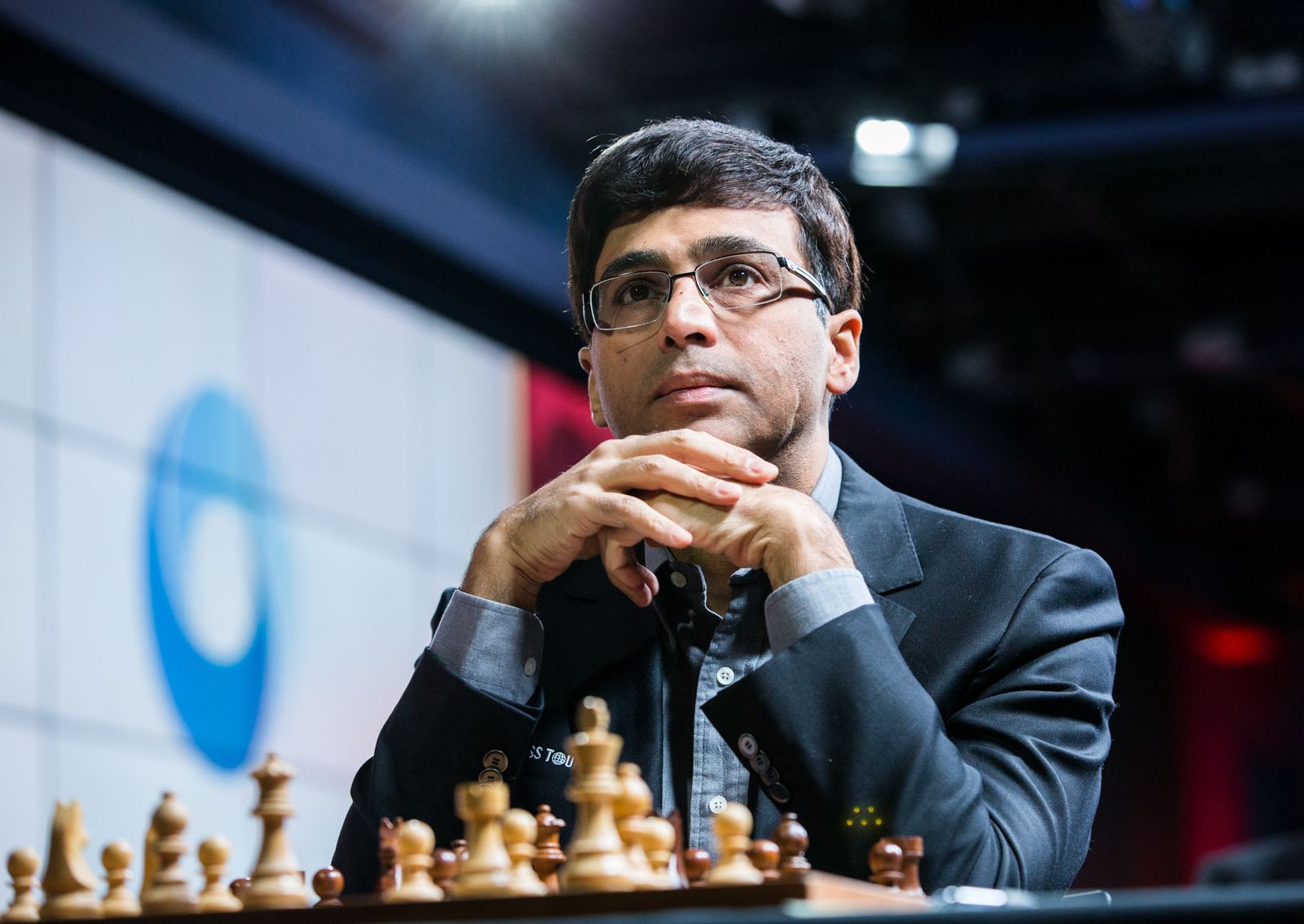
- 2014-2020: The world championship cycle has settled into a two-year cycle, instead of the three-year cycle seen from 1948-1993. Matches are still 12 games with tiebreaks to follow. In 2018, every standard game between Carlsen and GM Fabiano Caruana is drawn.
- 2020-21: COVID-19 halts the Candidates midway through completion. It resumes in 2021, pushing the two-year cycle back a year. The World Chess Championship, to held in November, is expanded to 14 games instead of 12. Carlsen defeats GM Ian Nepomniachtchi.
- 2022-present: After Carlsen announced that he would not play the 2023 world championship match and abdicate his title, the next World Championship was played between GM Ian Nepomniachtchi and GM Ding Liren in 2023, and won by Ding Liren. GM Gukesh Dommaraju then won the title from Ding Liren in 2024.
Why Is The World Chess Championship Important?
The World Chess Championship is important because it's a way of identifying an official champion. Before these official events took place, the post of the best player in the world was somewhat speculative. Some of these pre-1886 players who are occasionally known as unofficial champions include: Gioachino Greco in the 17th century; Francois Philidor in the 18th; Louis de La Bourdonnais in the early 19th; and Adolf Anderssen and Paul Morphy in the mid-19th century.

Besides that, novelties and new concepts often emerge in these tournaments, contributing to the game's advancement. Since the stakes are the highest in the chess world and players have a lot of time to think, the world championship games are of the highest quality.
List of World Champions
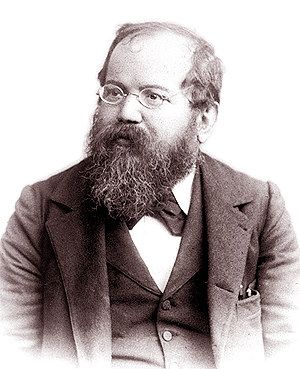
Below is the list of classical world champions, which means it does not include players who held the FIDE title from 1993 to 2006, or those who were considered best in the world prior to the first official championship in 1886.
In the righthand column you can find links to our Lessons from NM Jeremy Kane on how to play like each world champion!
| # | Champion | Years | Lesson Plan |
| 1 | Wilhelm Steinitz | 1886-94 | Play Like Steinitz! |
| 2 | Emanuel Lasker | 1894-1921 | Play Like Lasker! |
| 3 | Jose Raul Capablanca | 1921-27 | Play Like Capa! |
| 4 | Alexander Alekhine | 1927-35, 1937-46 | Play Like Alekhine! |
| 5 | Max Euwe | 1935-37 | Play Like Euwe! |
| 6 | Mikhail Botvinnik | 1948-57, 1958-60, 1961-63 | Play Like Botvinnik! |
| 7 | Vasily Smyslov | 1957-58 | Play Like Smyslov! |
| 8 | Mikhail Tal | 1960-61 | Play Like Tal! |
| 9 | Tigran Petrosian | 1963-69 | Play Like Petrosian! |
| 10 | Boris Spassky | 1969-72 | Play Like Spassky! |
| 11 | Bobby Fischer | 1972-75 | Play Like Fischer! |
| 12 | Anatoly Karpov | 1975-85 | Play Like Karpov! |
| 13 | Garry Kasparov | 1985-2000 | Play Like Kasparov! |
| 14 | Vladimir Kramnik | 2000-07 | Play Like Kramnik! |
| 15 | Viswanathan Anand | 2007-13 | Play Like Anand! |
| 16 | Magnus Carlsen | 2013-23 | Play Like Carlsen! |
| 17 | Ding Liren | 2023-24 | Play Like Ding Liren! |
| 18 | Gukesh Dommaraju | 2024-present | Play Like Gukesh! |
Conclusion
You now know what the World Chess Championship is and how it works. Head over to our Events page to keep up with the latest chess championship games and results.







